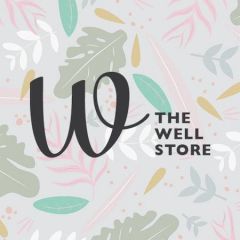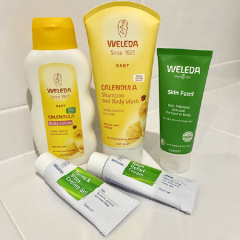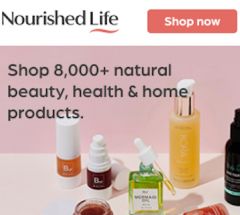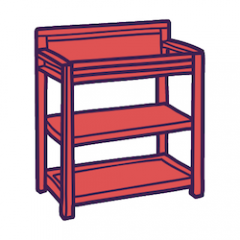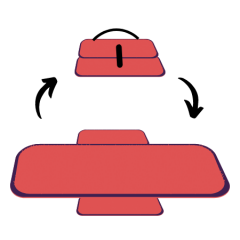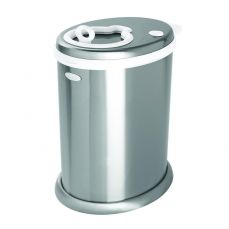How and Where to Care for Nappy Area Skin Hygiene Suitable for stages: 0 - 3 Months, 3 - 6 Months, 6 - 12 Months, 12 - 18 Months
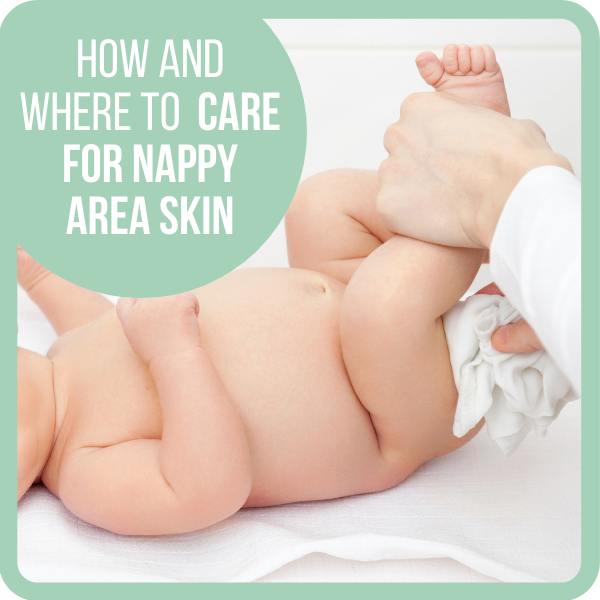

Your baby’s skin microbiome can be supported by what you put on it and how you live, or it can be disrupted and changed. Baby skin is susceptible to stress from chemicals, heat, moisture, and anything which changes the pH.
Knowing about your baby’s skin helps towards understanding what to do to support skin health. This article delves into care for their skin around nappy use & setting up a space to manage skin hygiene needs.
Skin changes such as nappy rash are common around the perineal area (around the genitals and anus). Skin can get irritated within the nappy due to the high moisture content and the contact with urine and bowel products.
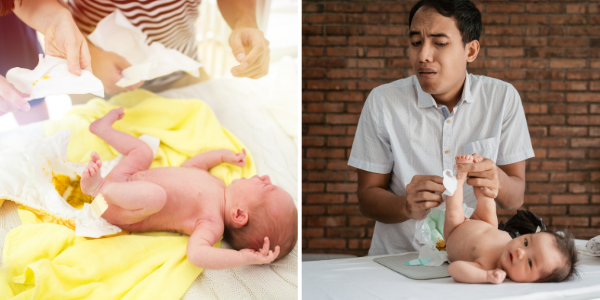
There are some simple strategies to protect skin from irritation:
- Wash your hands – Washing your hands before nappy changes will stop any irritants which may have been on your skin from transferring to your baby. Washing your hands after nappy changes prevent the transfer of bacteria to other surfaces. Antibacterial soaps, however, are known to disrupt the microbiome on the skin’s surface, so should be avoided in favour of regular or mild soap and water.
- Change nappies frequently as well as promptly after a bowel movement - In essence, this will reduce the time that the urine and faeces is on the skin, reducing irritation and opportunities for bacterial/fungal growth. Also, ensuring that the area is clean as well as dry will reduce the moisture in the nappy environment. Avoid talcum powder though (due to risk of ingestion/inhalation of the fine particles), just pat it dry with a dry cloth.
- Gentle wiping or dabbing- In the early days, midwives usually recommend using damp (just water) cotton balls or soft wet cloths dabbed on the skin (rather than rubbing) to reduce newborn skin irritation. Water doesn’t seem to disrupt the skin pH or dry out the skin. Avoid any wipes containing alcohol or fragrance.
- Mild cleansers, oils and moisturisers - Olive oil can remove stuck-on or dry stools. Avoid products with unusual plant or food extracts which could be possible allergens and fragrances (perfumes). When products are pH neutral, they are less likely to irritate the skin.
- The use of a barrier cream or spray based on zinc oxide - a thick barrier cream forms a protective barrier over the skin and won’t be absorbed by the skin. It is considered safe (but can be messy on the fingers, which is why parents rave over applicators such as these available from eBay & Amazon Au. Complete removal of the barrier cream isn't required each time, but can reapply it on each nappy change.
- Nappy free time - This is another way of drying off the area and reducing the time where the skin is in the nappy environment. 2 times per day up to 30 minutes can help keep skin healthy.
Where to manage hygiene needs?
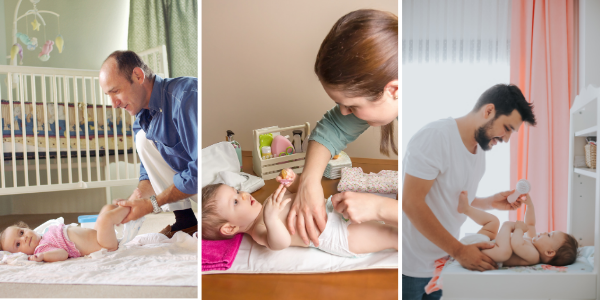
You need at least one suitable place set up to manage nappy changes and hygiene needs. This place will ideally tick the following boxes:
1. Comfortable for both the caregiver and the baby
- You shouldn't have to bend or twist excessively into awkward postures. Consider your posture in relation to your baby and the supplies you need to reach.
- Soft but firm surface to support the baby in a lying position.
2. Easy to clean and dry
- Changing surface - a waterproof or stain-resistant material will save a lot of washing. An absorbent surface that is removable and washable is also useful when spills occur.
- Surrounding surfaces - floor or wall surfaces that are non-absorbent and easy to wipe down are ideal. This is more important for baby boys who can shoot urine across the room faster than you can get that new nappy in its place.
- A place where you can put soiled clothes temporarily that you can easily wipe or wash clean (waterproof lining) will be useful.
3. Access to water
- Ideally, this will be a sink and tap for hand hygiene before and after and for cleaning
- Alternatively, have water in a container such as a bucket or a bowl or a spray bottle
- At times, being able to get baby washed down in a bath or shower will be a better option than wiping them down.
4. Waste disposal bin with a lid or in an air-tight bag
- Contains smells
- A lidded, pedal bin or simple lid design provides easy disposal of waste such as nappies, wipes, cotton balls etc
- Ideally close to a toilet - best practice is to scrape off any solid waste down the toilet before disposing of nappies or before dry pailing re-usable nappies
Your nappy changing space doesn't need to have all of these elements because you will adapt to whatever you have available to you. The important thing is to have a set-up where you and your baby can be comfortable, have everything within your reach so you don't have to leave your baby or stop halfway through, and where you can enjoy your time together.
For more information, you can check out these resources:
Raising Children's Network - Click on the 'Babies: Poos, wees and nappies' tab for information including: Poos and Wees; Video: Nappy Changing; Changing disposable nappies: in pictures; changing a cloth nappy: in pictures; Video: Nappy changing for Dads
Royal Women's Hospital Victoria - “skin care for your baby” factsheet
Royal Children’s Hospital - Clinical Guidelines (Nursing) - Neonatal & Infant Skin Care
Lois Wattis (Midwife/IBCLC) - How to change Baby's Disposable and Cloth Nappy/Diaper YouTube Video
Where to find what you need:
Amazon Au - Search for Nappy Changing Products, Nappy Wipes & Accessories & Baby Skin Care Products
The Stork Nest - find Nappy Changing Essentials
eBay.com.au - Find Nappies & Skincare for Babies products
Biome Eco Stores - Find Cloth Nappies & Nursing supplies & Childrens Organic Skincare
Lime Tree Kids - Skincare & Hygiene & Kids Health & Wellbeing products
Nourished Life - Nappies and baby essentials products
The Well Store - Baby Product collection
Please note: Above all, any information on this website aims to provide general ideas for informational and educational purposes only. We encourage users to investigate several information sources, including, where necessary, independent individualised medical advice before making any decisions that could affect you or your child’s health or wellbeing.
* BabyPeg participates in various affiliate programs and may earn a commission for referring our users through the links provided. This is at no additional cost to our users. We take great care in choosing products and services which align with the mission of promoting better health and wellness for our BabyPeg community. Where possible, products are tried and tested by us. To continue to provide BabyPeg as a free service and reach as many parents as possible, we appreciate your support in using the link provided to purchase if you decide the product is right for you.
